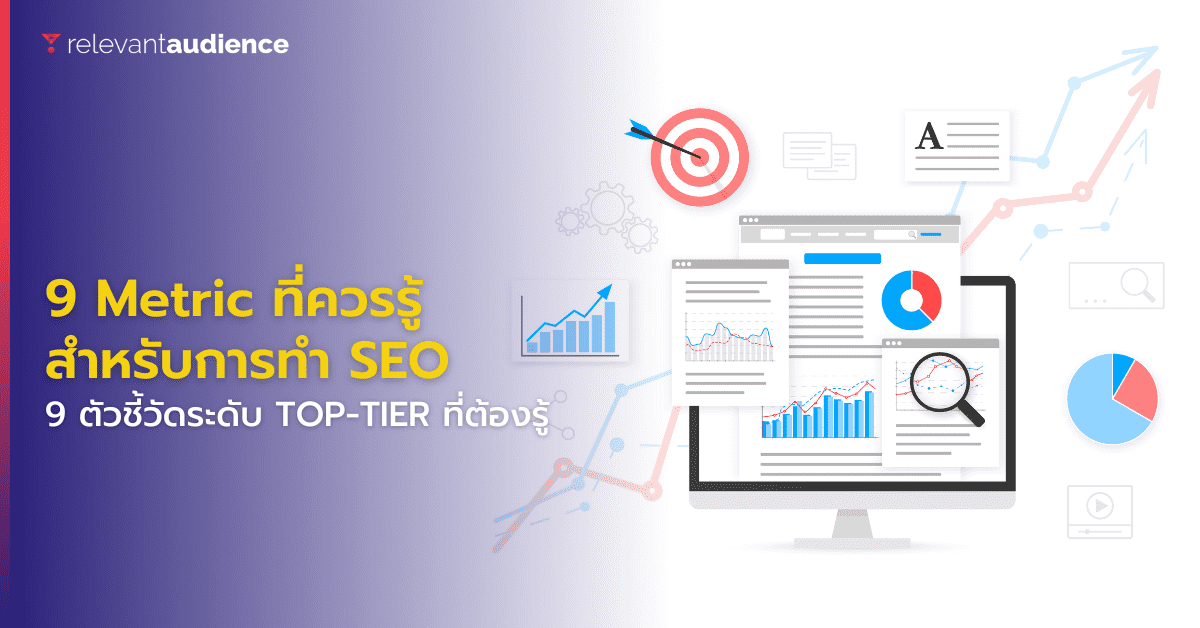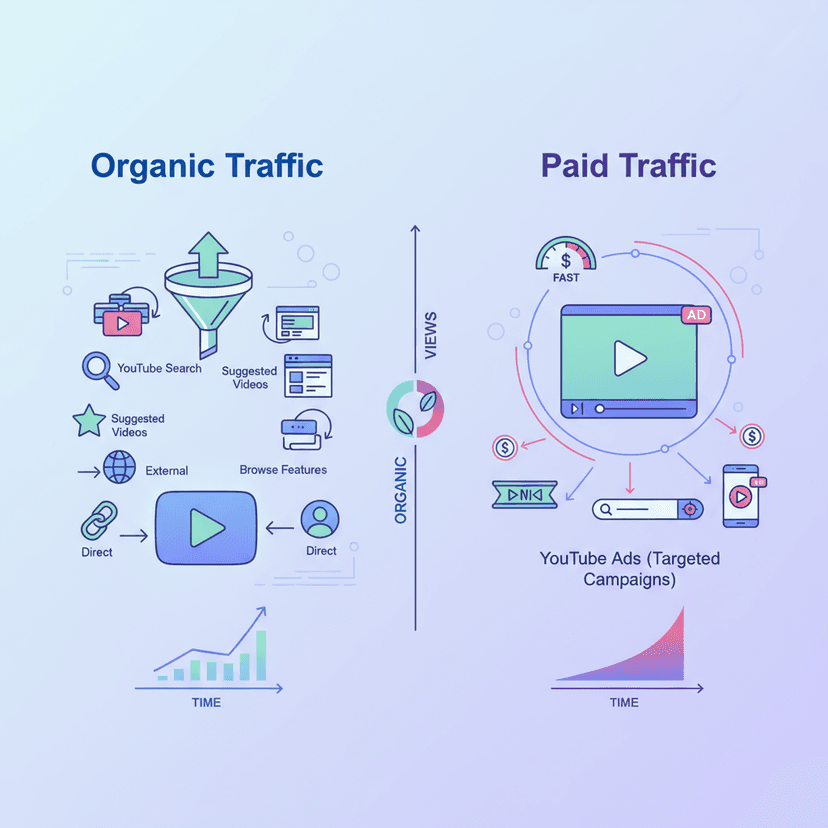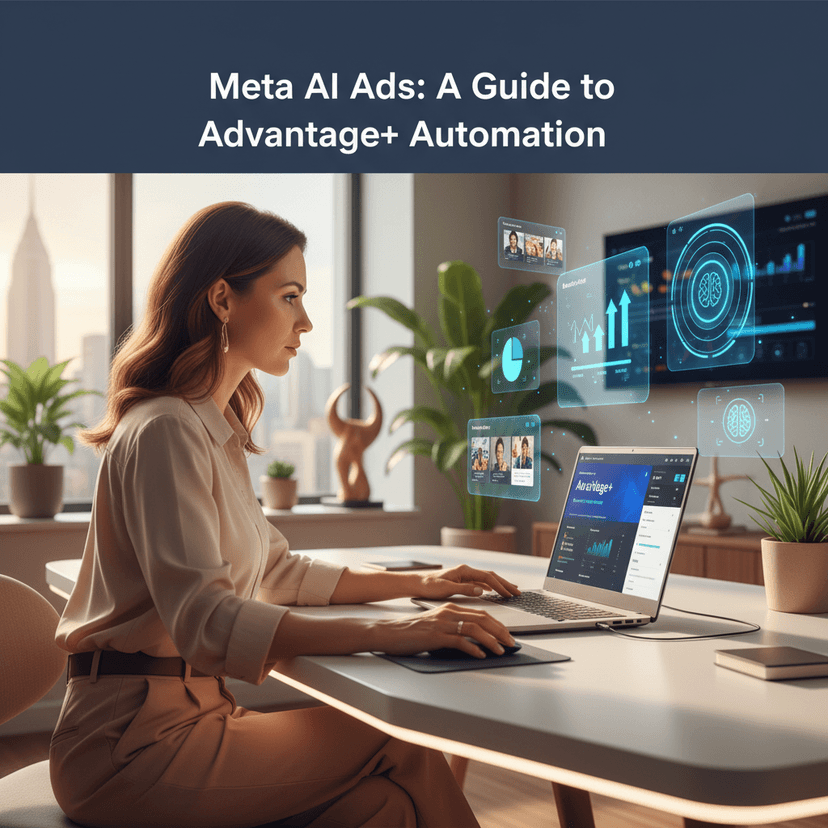Measurement processes are one of the most important steps in SEO that marketers should prioritize, especially when doing SEO at an enterprise level, which requires significant budgets, personnel, and time. Therefore, enterprise-level SEO typically involves measurement steps to see if the investments are worth it. This is particularly true in the current global situation, with crises such as pandemics and international conflicts leading to economic crises worldwide. Many organizations with digital marketing plans have had to postpone projects, and many companies have had to tighten their belts to avoid wasting budgets.
Therefore, this article summarizes 9 key metrics that marketers need to know for enterprise-level SEO. If you’re ready, let’s take a look.
1. ROI (Return On Investment)
The first metric that all SEO marketers should know is ROI, or Return On Investment. Many people may be familiar with this metric from Paid Ads, but it can also be applied to SEO. Calculating the ROI for SEO involves comparing the returns received from the investment with the budget invested. (ROI = Returns Received from Investment / Budget Invested).
In this case, the returns received from the investment are the number of searches x Click Through Rate (CTR) x Conversion Rate x Value of the Target.
2. Bounce Rate
Many people have heard that a high Bounce Rate can negatively impact SEO. First, let’s understand what Bounce Rate is. Simply put, Bounce Rate is when someone clicks into a webpage and immediately leaves without interacting with it. There is a debate in the SEO community about whether Bounce Rate affects website rankings. Some articles from Backlinko have shown that Bounce Rate does affect website rankings, while others, such as John Muller, Gary Lilleyes, and Matt Cutts from Google, have said that Bounce Rate doesn’t affect rankings. Many high-ranking websites have high Bounce Rates.
However, even though Bounce Rate may not directly affect website rankings, it can be used to improve UX/UI so that users interact more with the webpage. In other words, it’s an indirect effect on SEO.
3. Backlinks
Those with experience in SEO are likely familiar with the importance of backlinks. For those who are just starting out, it’s important to note that having a lot of backlinks on a website doesn’t necessarily improve its ranking. Instead, having high-quality backlinks is what will help your website rank as expected. Therefore, focus on quality over quantity. (For those who want to learn more about backlinks, you can read more here).
4. Indexed Pages
Another metric that many SEO professionals overlook is checking which pages on a website haven’t been indexed by search engines. If a webpage hasn’t been indexed, it means that all the work done – whether it’s brainstorming content, doing On-Page or Off-page optimization – is essentially worthless. Therefore, always make sure that all pages on your website have been indexed by Google. (For those who want to learn more about Indexed Pages, read this article).
5. CTR (Click Through Rate)
CTR (Click Through Rate) literally means click-through rate. It indicates how many users click on a website from search engine results. It is usually expressed as a percentage. The formula for calculating CTR is:
“Clicks / Impressions = CTR”
For example, if a website receives 10 clicks and has 100 impressions, the CTR would be 10%.
6. Session
If you want to know how long a webpage can keep visitors engaged, looking at Sessions can answer that question. Each website counts a period of time when a single user visits the website and performs various activities, which is counted as one Session. However, each Session has a different time count. For example, if a user enters a website but leaves the screen open without performing any actions, the Session will expire after 30 minutes and a new Session will begin.
7. Organic Traffic
Organic Traffic refers to the number of people who visit a website by searching for keywords through search engines, without paying for advertising. These visitors come naturally, not through ads. If you want your website to have a surge in organic traffic, try reading articles about Technical SEO here.
8. Conversion
Online marketers are likely familiar with Conversion. For those who aren’t, it can be simply defined as the main goal, which may be directly or indirectly related to the business. This could involve making actual sales or, in the case of a website, having people download files or brochures or subscribe to newsletters.
9. Returning Visitors
This metric measures the number of people who return to the website. A higher value is generally better, indicating that viewers are interested in the products or services and are likely to become real customers of the website. However, it’s important to check whether a high number of Returning Visitors is accompanied by a declining Conversion rate. This could indicate that there’s something wrong with the website that prevents people from making a purchase decision. Therefore, you may need to evaluate the needs and improve the website to align with those needs.
Get Digital Marketing Consulting from Relevant Audience
Relevant Audience is a Digital Performance Marketing Agency dedicated to providing digital marketing services to help businesses reach target audiences looking for products or services at the right time, place, and device through various online channels. Our services cover Search Marketing, Social Media Ads, Search Ads, and SEO (Search Engine Optimization), as well as Influencer Marketing, and we are also part of the Google Partners program.
Contact us for more information: Tel: 02-038-5055 Email: info@relevantaudience.com Website: www.relevantaudience.com






